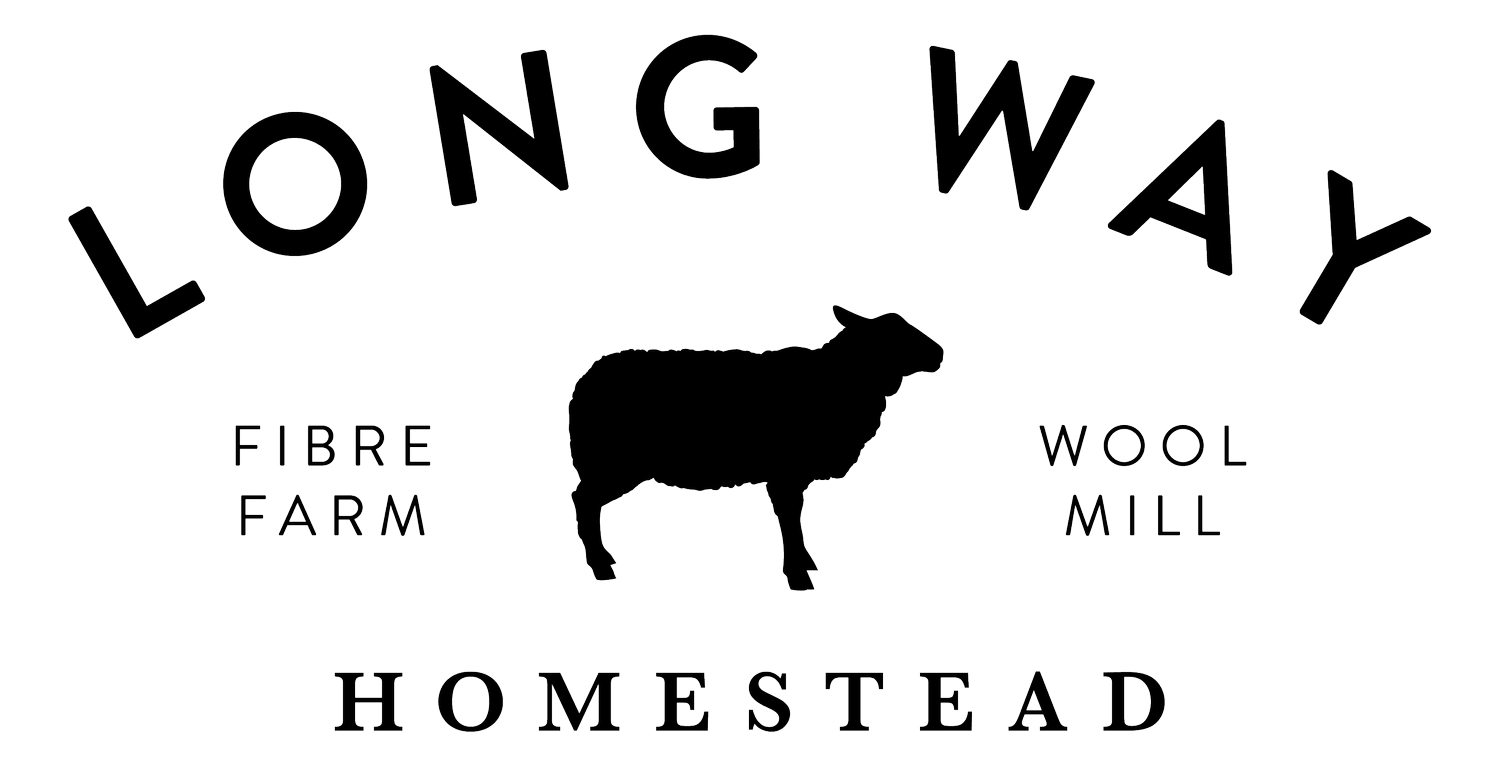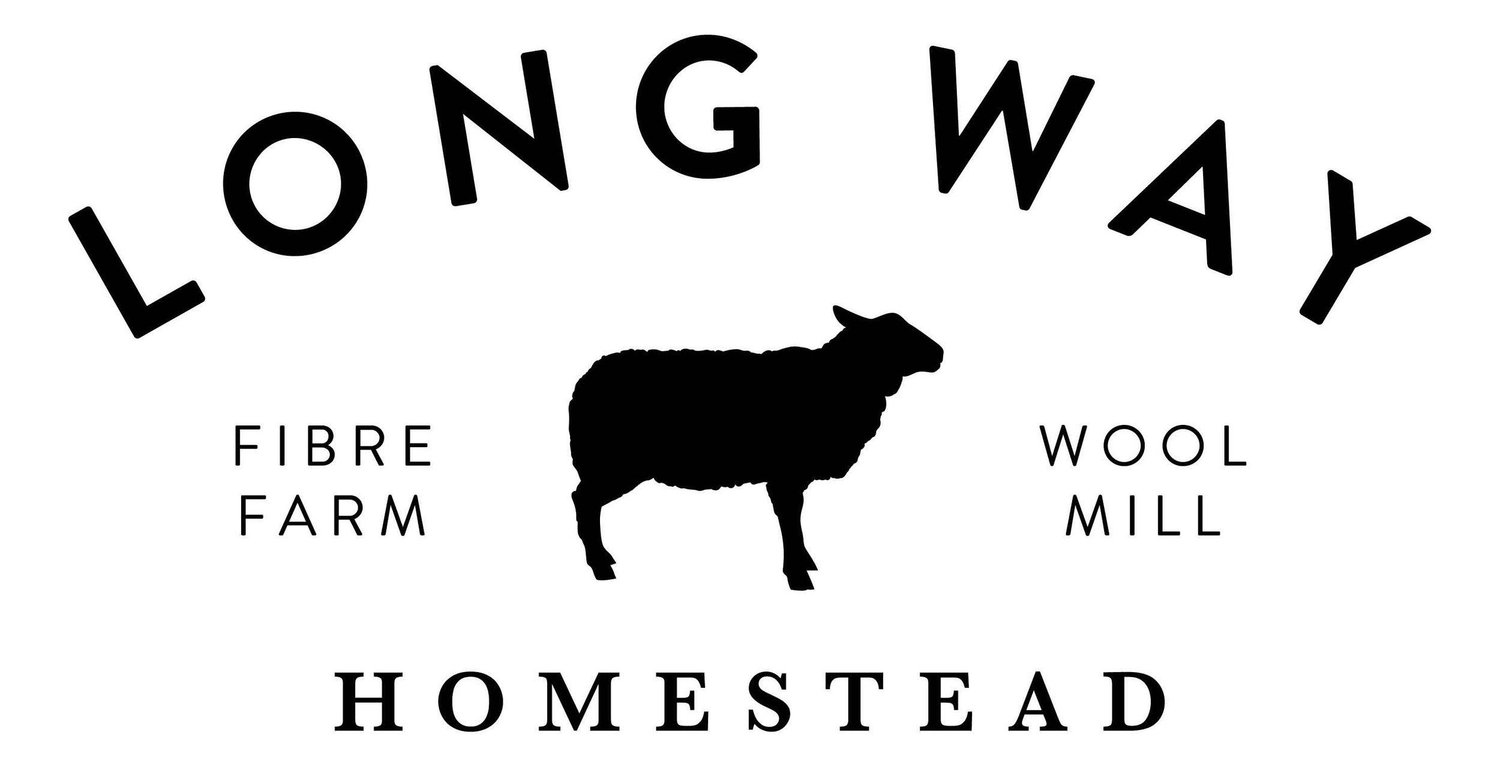Coopworth
The Coopworth breed was developed in New Zealand after World War 2. The goal was to develop a breed that would increase hardiness and lambing percentages while also maintaining wool quality. The breed was developed by crossing Border Leicester and Romney sheep. The Coopworth breed was brought to Canada in 1985 by Agriculture Canada. They worked with the founders of Louet (manufacturer of spinning wheels and more) to bring in 20 ewes and 5 rams and the breed grew from there. The Coopworth breed was meant to be a practical sheep and has always been evaluated in terms of breed standard due to their performance in fleece production, fertility and growth rate rather than by their parentage. The Coopworth sheep thrive on wetter lowlands and are well suited to the environment in New Zealand. The sheep are a medium to large sized breed with white legs and faces and often will have wool on the tops of their heads!
The wool from the Coopworth breed may have some variability depending on where the stock comes from. Generally the wool has a beautiful lustre and a longer staple, it has consistent relaxed crimp and pointed locks. It is not overly greasy and there shouldn’t be too much weight loss from scouring. The breed is generally white, but in some regions there may be some gray or brown Coopworth sheep.
Coopworth wool can be an enjoyable fibre to work with for many different projects. The yarn will have resilience and durability, but with a higher micron range may be best suited for outerwear projects. The crisp handle will result in great stitch definition, so try this yarn out with textured designs or cables. The wool has moderate feltability and will take dye well.
Staple length: 5 - 8" inches
Fibre diameter: 30 - 39 microns
Fleece weight is between 8 - 17lbs
Form:Staple can be round or flat with pointed tips.
This is the first time we’ve worked with the Coopworth breed. We sourced it from Woolley’s Farm in Norfolk County, Ontario. Carrie Woolley runs a large flock of 1500 ewes in a silvopasture operation.
Silvopasture is the practice of having trees or shrubs live in tandem with livestock in pastures and on grazing lands. They graze their sheep in various woodlots, and also between the rows of their fruit tree operation. In addition they solar graze their flock on large solar farms (thereby limiting the use of fossil fueled mowers for solar farms).
This is a new yarn to us - so send us your pattern recommendations!








